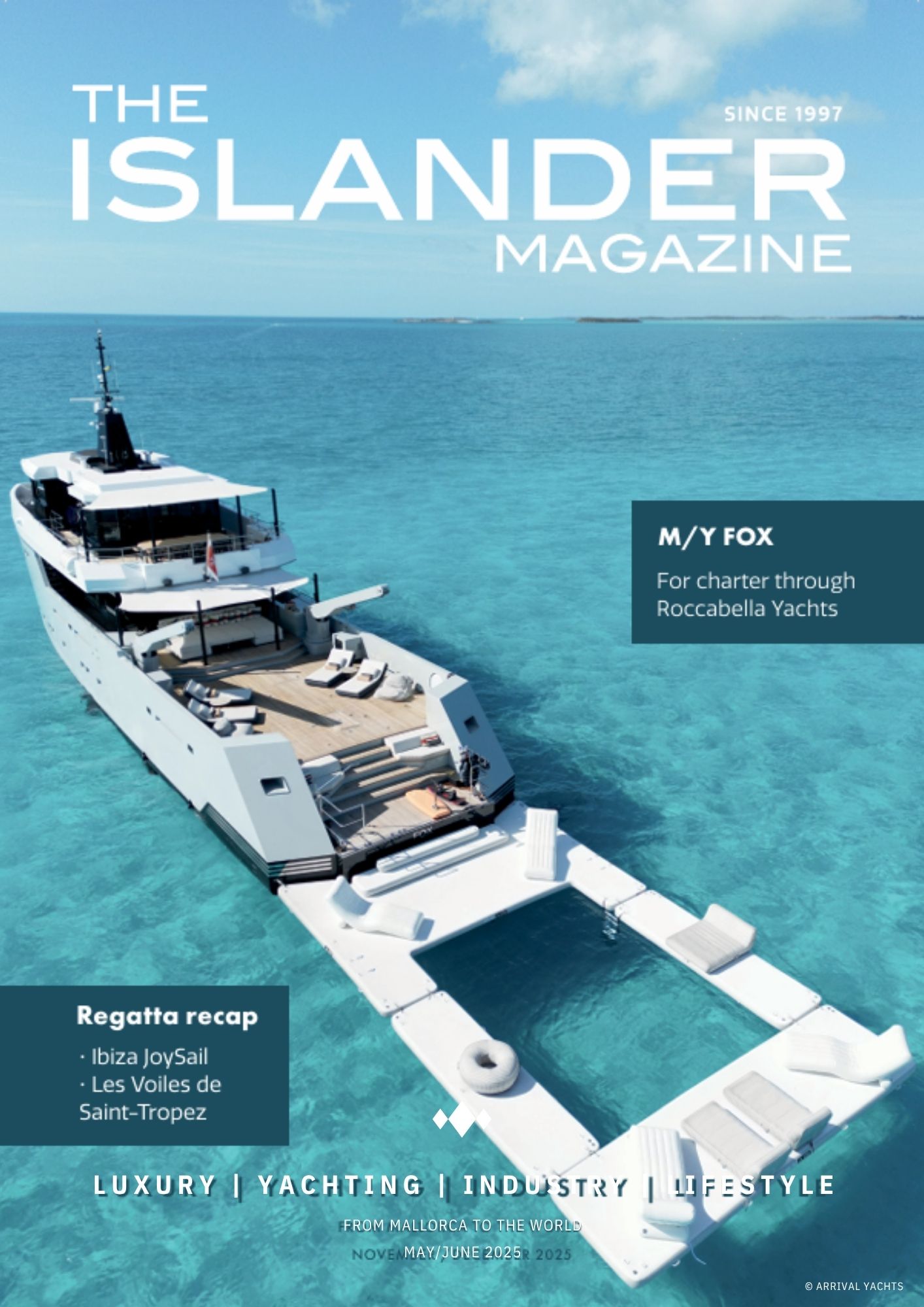As the Med season draws to a close, a number of yacht Captains will begin their planning and preparation for the impending voyage to sunnier destinations for the winter.
Each Captain will meticulously plan the crossing that lies ahead taking into account weather conditions, fuel consumption and on board provisions. Much responsibility lies in the passage plan but one area that can’t be ignored is the threat of maritime piracy. Planning for piracy may be nothing new for the seasoned Captain however for those less experienced it can be a very daunting prospect.
However, before the Captain looks for excuses to avoid this trip or considers arming every corner of the yacht with a .50 calibre machine gun, he would be wise to make an accurate assessment of where he is going and the current local piracy threat.
In the first half of 2019, the IMB Piracy Reporting Centre recorded 78 incidents of piracy and armed robbery against ships worldwide, compared with 107 incidents for the same period of 2018. Despite the downward trend, the reality of the global piracy problem is highlighted in the following statistics. The first half of 2019 saw:
- 57 vessels boarded by pirates
- 38 crew members taken hostage
- 37 were kidnapped for ransom
- One seafarer killed
The global piracy problem is widespread, but it is more prevalent in certain regions. Here we shall break it down into those regions more commonly affected.
Gulf of Aden & Indian Ocean
Somali pirates have plagued these waters for over a decade and joint international efforts have gone a long way to reduce the number of attacks. On 1st May 2019, the designated High Risk Area (HRA) was reduced even further.
Nevertheless, on 21st April a fishing dhow was seized by pirates off the coast of Somalia with 23 people taken hostage. The pirates then proceeded to navigate the captured dhow along the Somali coastline using it as a mother ship to attack another vessel, the FV Adria. This attack took place in the Indian Ocean, some 280 nautical miles off the coast of Somalia.
In a matter of hours, the European Union’s counter-piracy force EU NAVFOR Somalia Operation Atalanta had responded to the attack. Two days later, the incident was over with five suspected pirates detained and 23 hostages released.
Speaking of the incident, Operation Commander Rear Admiral Antonio Martorell Lacave said, “this incident clearly demonstrates that piracy and armed robbery at sea off the coast of Somalia has not been eradicated.”
Caribbean & South America
Although the number of piratical incidents may not be as widespread as in other parts of the world, it would be remiss to disregard the potential piracy threat. Earlier this year a vessel was fired upon in the Guayas River after departing from Ecuador’s second largest city, Guayaquil. This was the first time an incident involving the firing of weapons has been reported in Ecuador.
Elsewhere in South America, incidents of violent armed theft against ships at anchor have been reported in in Peru, Venezuela and Brazil. More alarmingly, armed robbers boarded a yacht on 2nd May in Panama, shooting and killing a family member and injuring another. The surviving family members including two children were later rescued by Panamanian Marine Police.
South East Asia
Until recently, the waters around South East Asia celebrated the unwelcome title as being the global piracy hotspot. However, collaboration involving local governments has made significant efforts in combating the problem. That said, in June, ten crew members were kidnapped from two fishing boats off eastern Sabah in Malaysia demonstrating that pirates are still very active in the region.
The waters around Indonesia have long favoured the pirates with the myriad of small islands making them difficult to police. However, continued cooperation and information sharing between the Indonesian Marine Police and the IMB is showing positive results. The 11 incidents reported in Indonesian waters remains the lowest figure since 2009.
Gulf of Guinea world piracy hotspot
Although it’s an area rarely frequented by yachts, it’s worth highlighting that the seas around West Africa remain the world’s most dangerous for piracy. Of the 75 seafarers taken hostage on board or kidnapped for ransom worldwide so far this year, 62 were captured in the Gulf of Guinea, off the coasts of Nigeria, Guinea, Togo, Benin and Cameroon. An IMB piracy report reveals that 73% of all kidnappings at sea and 92% of hostage-takings have taken place in the Gulf of Guinea.
Advice
Being aware of the threat and making the necessary plans is the first step to a safe passage. The implementation of ship protection measures, remaining vigilant and disciplined when transiting through an area of high risk is paramount. Early detection of an approaching suspicious craft is key to prevent boarding and gives time to raise the alarm and if needed, retreat into a citadel.
Although great efforts have been taken to address the issue, maritime piracy continues to plague the seas. Stay abreast of worldwide pirate incidents by registering with the IMB Piracy Reporting Centre to receive free email reports. If in doubt, seek expert advice from a reputable maritime security company
Ed Hill is Managing Director of Intrepid Risk, a London based company that specialises in superyacht security. A former Royal Marines Commando with a Masters Degree in Maritime Security, Ed regularly writes for superyacht magazines, speaks at conferences and has appeared on television discussing matters of security.















0 Comments